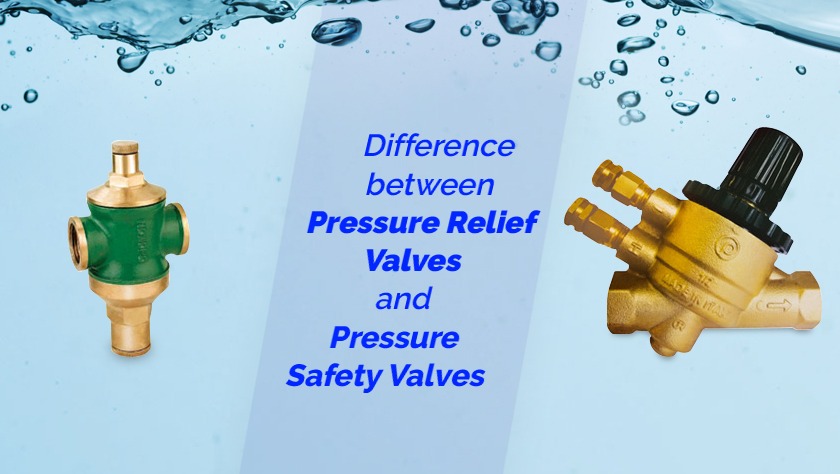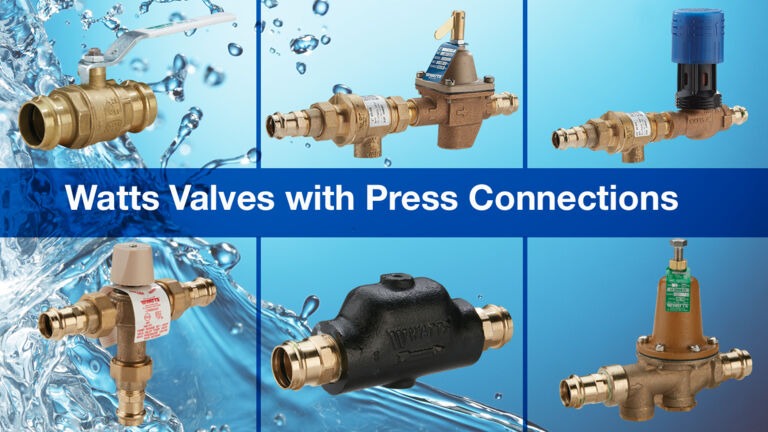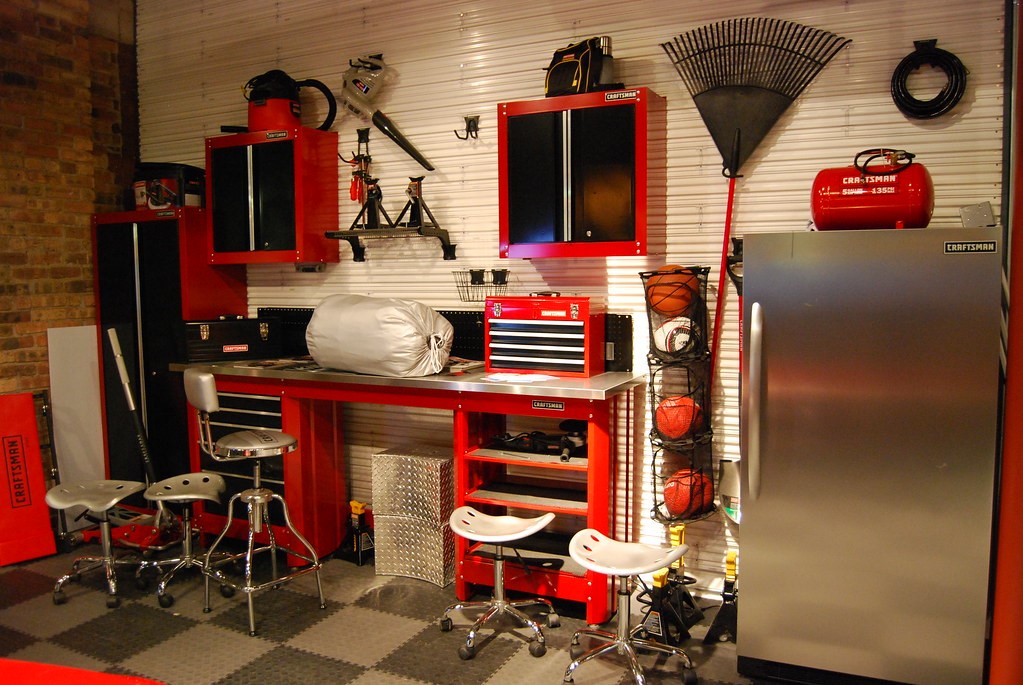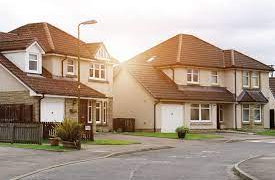Ever wondered why some plumbing systems run smoothly without excessive leaks or failures while others struggle to maintain balance under fluctuating pressures? A lot of it boils down to the strategic use of devices like pressure reducing valves (PRVs) and pressure relief valves. Although these two sound similar, they serve entirely different purposes, each playing a crucial role in safeguarding systems and ensuring optimal functionality.
Understanding the difference between a pressure reducing valve and a pressure relief valve can make a world of difference, especially if you’re dealing with residential plumbing, industrial machinery, or advanced engineering systems. In this article, we’ll break down these two essential components and explore their features, functions, and applications.
Whether you’re adjusting water pressure regulators or troubleshooting pressure imbalances, knowing how these devices operate is key to solving the problem. If you’re curious about DIY adjustments, feel free to explore Firstgradeappliances for expert guidance and practical tools!
What is a Pressure Reducing Valve?
A pressure reducing valve is designed to lower incoming water or gas pressure to a safer, more manageable level for downstream components. These valves are most commonly found in plumbing systems, where water pressure from the main supply line may exceed what a household or building’s fixtures can handle.
By reducing the pressure to a pre-set limit, PRVs help prevent over-pressurization, which can damage pipes, faucets, and appliances. They ensure steady water flow, protect expensive equipment, and even save water by reducing wastage.
How Does a Pressure Reducing Valve Work?
A PRV functions using an internal spring-loaded diaphragm that responds to pressure changes. As pressure increases, the diaphragm compresses the spring, which then reduces the flow through the valve. Conversely, if the downstream pressure drops, the valve adjusts to allow more flow.
This automatic adjustment mechanism ensures consistent downstream pressure, regardless of fluctuations in the incoming supply. It’s an efficient and hands-off solution for controlling pressure in residential and industrial applications.
Common Applications of Pressure Reducing Valves
- Residential Plumbing: Installed after the water meter to prevent high-pressure damage to home fixtures.
- Irrigation Systems: Protects sprinklers and drip systems from excessive water pressure.
- Industrial Settings: Regulates steam, air, or water pressure in processing plants.
If you’re curious about managing your PRV, click on https://firstgradeappliances.com/how-to-adjust-a-water-pressure-regulator-yourself/ to learn about adjusting water pressure regulators.
What is a Pressure Relief Valve?
A pressure relief valve, on the other hand, is a safety device designed to release excess pressure when it reaches unsafe levels. Unlike a PRV, which manages pressure continuously, a relief valve only activates when there’s an emergency, like a sudden spike in pressure.
These valves are critical in preventing catastrophic failures in pressurized systems, such as bursting pipes, exploding boilers, or damaged tanks. Think of them as a system’s last line of defense when things go wrong.
How Does a Pressure Relief Valve Work?
Pressure relief valves are equipped with a spring-loaded mechanism calibrated to a specific pressure setting. When the system pressure exceeds this threshold, the valve opens to release the excess pressure, venting it to the atmosphere or a designated safe area.
Once the pressure returns to normal, the valve closes automatically. This action protects the system from dangerous over-pressurization while ensuring minimal interruption to operations.
Common Applications of Pressure Relief Valves
- Boilers and Water Heaters: Prevents explosions by releasing steam or water if the pressure becomes excessive.
- Compressed Gas Systems: Ensures the safety of storage tanks by venting excess pressure.
- Oil and Gas Pipelines: Protects infrastructure from pressure surges during operations.
Key Differences Between Pressure Reducing Valves and Pressure Relief Valves
Although their names are similar, pressure reducing valves and pressure relief valves have unique features and serve distinct purposes. Let’s break down the differences:
| Feature | Pressure Reducing Valve | Pressure Relief Valve |
| Primary Function | Reduces incoming pressure to a set level. | Releases excess pressure during surges. |
| Operation Type | Continuous regulation of pressure. | Emergency-only activation. |
| Usage | Protects fixtures from high pressure. | Prevents catastrophic failures. |
| Applications | Residential, irrigation, industrial systems. | Boilers, pipelines, gas storage tanks. |
| Mechanism | Spring-loaded diaphragm for adjustment. | Spring-loaded valve for safety release. |
| Pressure Control Range | Provides consistent downstream pressure. | Responds to sudden pressure spikes. |
| Installation Location | Usually upstream in the system. | Installed at critical safety points. |
When to Use a Pressure Reducing Valve
Pressure reducing valves are ideal for scenarios where constant pressure regulation is required. They are commonly used in environments where the incoming pressure fluctuates significantly but needs to remain steady for proper system functionality.
For example, homes connected to municipal water supplies often have high incoming pressure that can damage fixtures over time. Installing a PRV can lower the pressure to a safe, manageable level, saving homeowners from costly repairs.
Read More Also: Apps for Identifying Edible Wild Plants Using Image Recognition
When to Use a Pressure Relief Valve
Pressure relief valves, by contrast, are critical in scenarios where safety is the top priority. They are often required by regulatory codes in high-pressure systems, like boilers or industrial pipelines.
In these systems, a sudden pressure spike can lead to devastating outcomes. A pressure relief valve ensures that any excess pressure is immediately vented, protecting the system, property, and personnel from harm.
Choosing the Right Valve for Your System
Selecting between a pressure reducing valve and a pressure relief valve depends on your system’s requirements. Consider the following factors:
- Pressure Regulation Needs: Does your system need continuous regulation or just emergency protection?
- System Type: Are you dealing with plumbing, gas, or industrial machinery?
- Safety Requirements: Is there a risk of sudden pressure spikes that could lead to accidents?
It’s worth consulting a professional engineer or plumber to assess your specific needs.
Read More Also: Optimizing Office Performance on Low-spec Devices Without Lag
FAQs
What is the main purpose of a pressure reducing valve?
A pressure reducing valve maintains steady downstream pressure, ensuring fixtures and equipment operate efficiently without being damaged by excessive pressure.
How does a pressure relief valve differ from a pressure reducing valve?
While a pressure reducing valve continuously regulates pressure, a pressure relief valve only activates during pressure surges to release excess pressure.
Can you use a pressure reducing valve as a safety device?
No, a pressure reducing valve is not a safety device. It is designed for pressure regulation, whereas a pressure relief valve is meant to handle emergency situations.
Where should you install a pressure relief valve?
A pressure relief valve should be installed at critical points in the system, such as near boilers, pressure vessels, or high-pressure pipelines.
Do pressure reducing valves require maintenance?
Yes, regular maintenance ensures that a PRV functions effectively. Cleaning, inspecting, and replacing worn-out components are key to its longevity.
What happens if a pressure relief valve fails?
If a pressure relief valve fails, the system becomes vulnerable to over-pressurization, which can lead to dangerous explosions or system failures.
Conclusion
Understanding the difference between a pressure reducing valve and a pressure relief valve is essential for maintaining safe and efficient plumbing and engineering systems. While pressure reducing valves focus on consistent regulation, pressure relief valves act as safety mechanisms during emergencies. Both are indispensable in their respective roles, ensuring the longevity and safety of your systems.





